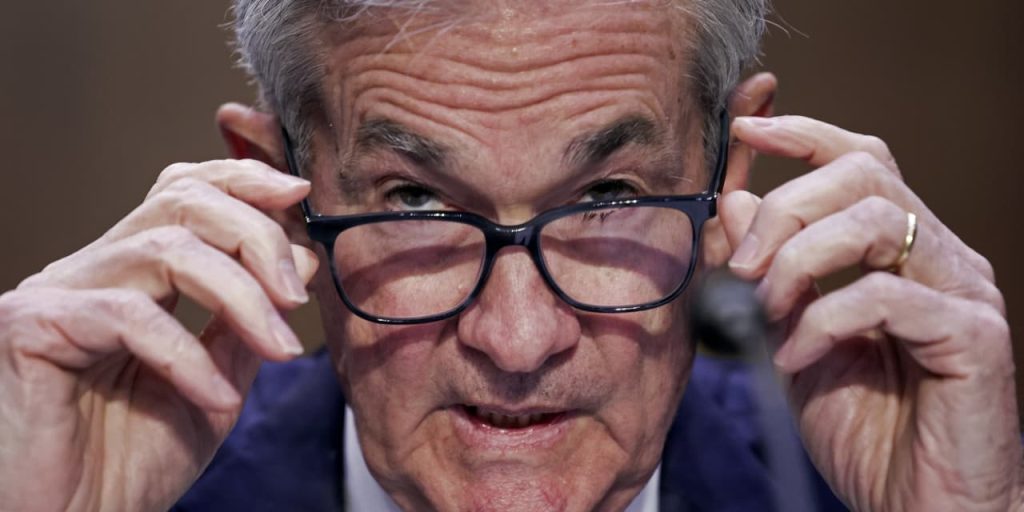Investors are convinced the Federal Reserve’s next move will be to cut rates. But if the Fed does follow through, the timing of a cut could still trip up the markets.
The table below from Ned Davis Research, using data going back to 1970, shows how the yield on the 10-year Treasury note
BX:TMUBMUSD10Y
has behaved in the three months leading up to the first rate cut of a Fed easing cycle.
On Dec. 20, three months before the March Fed decision that’s widely expected to produce a quarter-point rate cut, the yield on the 10-year note stood at 3.95%.
As the table shows, the yield has fallen in the three months before the first cut during every easing cycle going back to 1970, with a mean decline of 90 basis points, or 0.9 percentage point. Yields fall as Treasury prices rise.
Applying the minimum decline — a 38 basis point fall seen in 1981 — would produce a yield of 3.57%, wrote Joe Kalish, chief global macro strategist at Ned Davis Research, in a note this week.
“A few weak economic reports can get us there,” he wrote.
Stocks, meanwhile, have tended to see a relatively flat performance in the three-month run-up to an initial cut, Kalish observed in a separate note this week, and has never rallied more than 11% over that stretch.
Through Wednesday’s close, the S&P 500
SPX
was up just 0.1% since Dec. 20.
After that first rate cut, however, stocks have tended to rally over the next six to seven months, with the S&P 500 seeing a mean gain of 12%, Kalish said. Over the entire easing cycle, stocks have seen a mean rise of around 21% and a median rise of 15.4%. The S&P 500 has rallied over every easing cycle since 1970, with the exception of a 27.6% drop between Jan. 3, 2001, and June 25, 2003, following the collapse of the tech bubble.
For it’s part, the Fed hasn’t fully ruled out a further rate hike, but it has left the fed-funds rate unchanged at 5.25% to 5.5% since July. Minutes of the Fed’s Dec. 12-13 meeting released Wednesday showed that “several” officials said that the Fed might have to hold its benchmark rate steady “for longer than they currently anticipated,” while “a number” of officials pushed for some easing.
See: Fed officials haven’t ruled out further rate hikes, minutes show
Traders backed off expectations for a March rate cut following the release of the minutes. Fed-funds futures traders have priced in a 66.4% probability the rate will be down by at least a quarter point as of March 20, down from nearly 87% a week ago, according to the CME FedWatch tool.
Traders have priced in a nearly 60% probability the Fed will cut rates by a quarter-point at least six times over the course of 2024, while the Fed’s so-called dot-plot projections have penciled in just three such reductions.
So, while the historical data indicates Treasurys would likely rally if the Fed’s on track for a March cut, “the timing can derail all that,” Kalish told MarketWatch in a phone interview.
“If the first rate cut isn’t until May or June, [Treasury yields] can go sideways or even back up a little,” Kalish said.
Stocks have also pulled back after both equities and Treasurys ended 2023 on a strong note. Investors may be pondering the aggressive pace of rate cuts priced in by the market, Kalish said, noting that six cuts would indicate a tougher economic scenario than the more Goldilocks-like soft landing used to justify the 2023 rally.
“If we get a soft landing, then six rate cuts is too much,” he said.
Read the full article here



